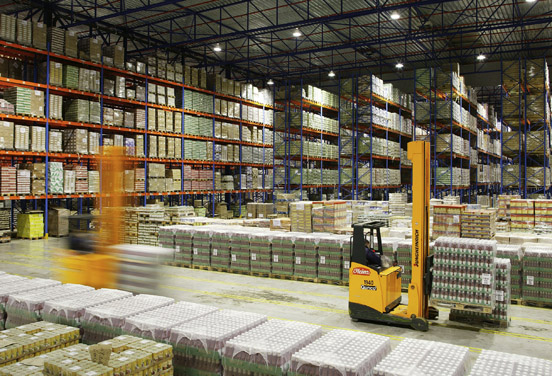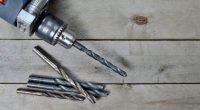How Important Is To Follow Forklift Aisle Requirements
Choosing the right material handling machine for your warehouse is very important. You need to pay attention on several things, like engine, design, size and aisle requirements. The machine you are planning to buy should offer: best space utilization, and unique combination of productivity, flexibility, safety and costs for your specific application. Determining which forklift truck is the best for you is the first thing you need to do for increased productivity and smooth warehouse operations. Read the following guide which can help you to find the right forklift truck for your warehouse aisle requirements.

Wide Aisle. This is the most widely used system for storing pallet unit loads. With this system, each pallet is individually supported and independently accessible, and a counterbalance forklift is the ideal forklift for this system. The counterbalance forklift can be driven up to the exact location of the load. The forks of the counterbalance forklift are extended from the front end, and no outrigger legs or arms are required. This machine can be electric, gas or diesel powered. The electric counterbalance forklift model is capable to operate with a smaller counterweight, because the battery gives the stability which is necessary when lifting and moving loads. The counterbalance forklift is the most common forklift equipment for wide aisles.
Narrow Aisle. The aisle system allows for efficient floor space utilization, and maximizes the height at which the loads can be stored. The suggested forklifts for narrow aisles are the stand-up reach and the double deep reach trucks. These forklifts offer maximum lift height and excellent maneuverability.
Very Narrow Aisle. This is the most space-efficient pallet storage system where pallets are stored at heights up to 30 meters. This system can be used with specialized pallet trucks or with walkie hand pallet trucks which are very affordable and capable to provide functionality.



